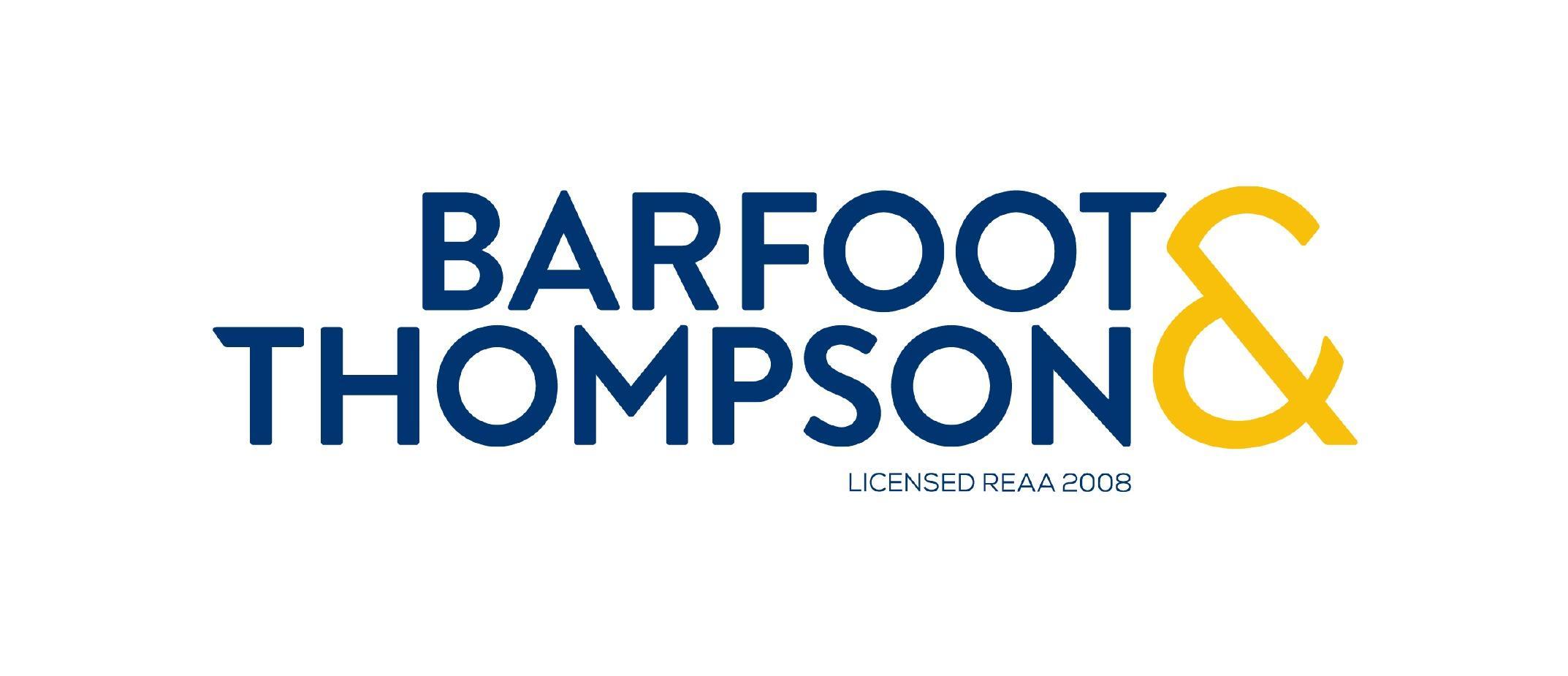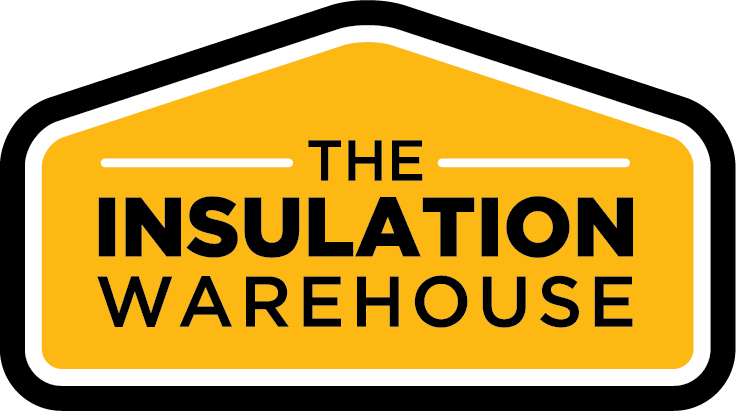Legislation – HSWA (Asbestos) Regulations 2016
Did you know that from the 04 April 2018 the Health and Safety at Work (Asbestos) Act (HSWA) Regulations came into full effect and Residential Landlords
are affected by the requirements for safe management and removal of Asbestos!?
Well good for you if that is a ‘Yes,’ but, there is still much uncertainty among Residential Landlords as to exactly what they are accountable for and
what they are required to do in regards to the new asbestos regulations.
There will be many Residential Landlords and Body Corporates who don’t fully understand their obligations and do not want to risk breaching the law and
facing substantial fines.
And they are right because as per the old ‘rule-of-thumb’ adage:
“Ignorance Is No Excuse in the Eyes of the Law”
This article aims to provide an essential summary guide to residential landlords as to what is essential best practice.
Here are three Golden rules to follow in ensuring you as a Residential Landlord to stay on the right side of the law:
Three Golden Rules
- Know Your Property – does it have any asbestos and if so what, where, how much and what condition is it in?
- Risk Exposure – ensure your tenants and other property users are not exposed to the risk of friable asbestos
- Asbestos Management Plan – no matter how simple it is to have one. The plan shows where the asbestos is, what timetable is in place to leave or remove
asbestos, what procedures to follow for workers and tenants (e.g. access areas, recording incidents, emergency contacts)
How Am I Affected As a Landlord?
Here are four primary aspects to be aware of:
- Year 2000 – Legislation is focused on Buildings constructed between the years 1940 to 2000, as those
are most likely affected by asbestos containing material (ACM)
- No planned Works – If you have no immediate plans to refurbish or demolish any property and have exercised
reasonable care to conclude there are no ACMs in a condition that would pose a risk to your tenants health & safety then it would appear legislation
is satisfied your have met your Duty of Care in that regard and you can simply carry on business as usual. The key condition here is ‘Reasonable
Care’ or Duty of Care – beware – do not become a legal test case ! If in doubt engage a suitably qualified professional asbestos surveyor (e.g.
qualified with the BOHS international standard IP402 Surveying and Sampling Strategies for Asbestos in Buildings)
- Planned Works – If refurbishment or demolition involving more than 10m2 area of ACM is planned then
you as a Landlord will fall directly under the HSWA (asbestos) regulations. You will need an asbestos refurbishment/demolition survey conducted
to identify what ACM is present, how much is there and the risk posed by the type and condition of the asbestos (see box opposite re Paragraph
26 of the Regulations). Removal requires an operator with Class A or B license
- PCBU is defined by HSWA as a person conducting a business or undertaking – either alone of with others
for activity that includes charities as well as for-profit business or undertakings. If a rental property undergoes construction work then the
Landlord is a PCBU of that place of work, alongside those that: manage the building; carry out any refurbishment or demolition works, and/or asbestos
removal work
Landlord Action List – Best Practice & Typical Costs
- Research – There are plenty of guidances on the internet for Good Practice Guidelines. Google Asbestos,
the HSWA (asbestos) 2016 and Approved Code of Practice manuals by Worksafe for Survey, management and Removal of Asbestos (see web references at
end of Article)
- Management Survey Report -Contract a professional asbestos surveyor to undertake a Management Survey.
The written report will include:
- Site plan of sample points
- Location, extent and accessibility of asbestos
- Lab results of samples
- Material & priority assessments (condition of asbestos, likelihood of disturbance). The key point here is to know what asbestos present
is friable? - Recommended actions:
- Options will be manage, repair/protect and/or remove)
- Costs: Survey around $995 for an average family home
- 6-10 samples analysis at $45-80 per sample, subject to type of analysis, turn-around time and lab company
- Asbestos Register – A simple document file that is available for all property users to view. Register
shows survey findings in a table and reference site plan, so at a glance one knows what and where asbestos is present and most importantly its
condition. Register can be accessed via hardcopy (copy kept on property) or electronic means
- Asbestos Management Plan – From the information provided by the survey a simple management plan is
formulated, with the aim of minimising exposure to asbestos risk with clear and simple steps:- Action: What is to happen to the asbestos (leave alone or remove)?
- Removal: What When and How it will be done?
- Inform tenants and other property users (e.g. workers, visitors) of the Asbestos Management Plan
- Control measures for safe use of property (access and out of bounds areas)
- Emergency procedures if asbestos encountered
- Monitor asbestos condition & review management plan as and when required (minimum once per annum)
- Cost is free if you write up management plan yourself.
Background Information
The unique qualities of asbestos have been known since Roman times.
Since the late 19th century asbestos has been used extensively in a diverse range of construction applications throughout the world, including New Zealand,
mainly from the 1950s to 1990s.
Many building materials such as texture coatings, pipe lagging, insulation, wall panels, cladding, roofing, floor coverings and many other products used
in local constructions are known to have been manufactured using asbestos. There has been a ban on the importation of raw asbestos into New Zealand
since 1984 and since October 2016 there has been a complete ban.
Disclaimer: All of the comments contained in the article are in the opinion of the author only and does not claim to represent legal advice to base any actions in regards to legislation, property investment or management. You should seek your own legal advice when deciding how to manage your property in regards to asbestos.

ABOUT THE AUTHOR
Frank MacCullaich
Frank has been an Environmental Scientist for more than 20 years and trained in the BOHS Asbestos International Protocol standards IP402 Surveying and
Sampling Strategies for Asbestos in Buildings and IP404 Air Monitoring, Clearance Inspections and Reoccupation Following the Removal of Asbestos. Frank
is an APIA member and director of ASA – an asbestos survey and assessment service that is independent from any asbestos removal companies or laboratories.














Add Comment